安装 Steam
登录
|
语言
繁體中文(繁体中文)
日本語(日语)
한국어(韩语)
ไทย(泰语)
български(保加利亚语)
Čeština(捷克语)
Dansk(丹麦语)
Deutsch(德语)
English(英语)
Español-España(西班牙语 - 西班牙)
Español - Latinoamérica(西班牙语 - 拉丁美洲)
Ελληνικά(希腊语)
Français(法语)
Italiano(意大利语)
Bahasa Indonesia(印度尼西亚语)
Magyar(匈牙利语)
Nederlands(荷兰语)
Norsk(挪威语)
Polski(波兰语)
Português(葡萄牙语 - 葡萄牙)
Português-Brasil(葡萄牙语 - 巴西)
Română(罗马尼亚语)
Русский(俄语)
Suomi(芬兰语)
Svenska(瑞典语)
Türkçe(土耳其语)
Tiếng Việt(越南语)
Українська(乌克兰语)
报告翻译问题









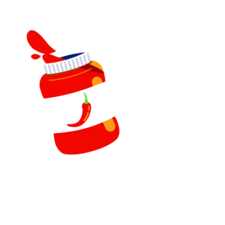



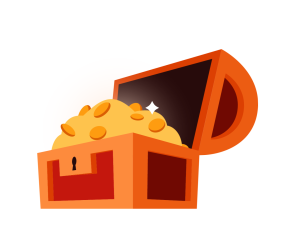






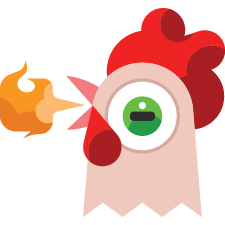
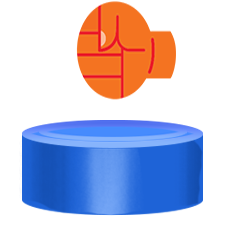


















































If you hold the bellows and walk right up to the BBQ and press A (pickup/drop), it will increase the heat gauge silently, with no animation, and won't have a delay between button presses, allowing you to heat up the BBQ much faster. I think it's either 3 or 4 of these to max out the heat gauge this way (pretty sure it's 4 the normal way.) I just mash A for a little bit:')
As far as when to bellow it, that's harder to answer cause it's case-by-case, moment to moment. Like a lot of decisions in OC2 there isn't a universal answer. It comes down to picturing how the short-term scenario will play out ahead of time, and picking the right decision. That's a huge part of gameplay and much more important than a lot of the objective things I can communicate in a guide.
I'm happy that someone would do this for the game and provides such a good thing for the new players or some people who lack strategy like me. I've learned a lot from it and the world record videos you've posted on Youtube. There are so many people on the world record list, but you are the only one I saw who would share his own experiences, praise and support other players who did well under their comments. The world records you've made are astonishing and very meaningful.You are the legend of Overcooked game.
I still want to thank you for what you've done for the players who love Overcooked game,whether you will continue this game in the future or not, what you've done is really meaningful.
Here comes a question about Overcooked 2: How do you decide when to use the air blower?(in Surf 'n' Turf) Or how many times to blow? And I found that you can blow the fire to maximum in one blow(visually), how does it work? Usually I need to blow 2-3 times, how to shorten the number?